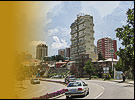Bolivian metamorphoses
Page 2 of 4
May 2008
During the recent years La Paz has noticeably been modernised. In the central part of the city and in the former «dormitory areas» on the ruins of plain structures there appeared bright with metal and tinted glass buildings of dainty-space architecture, the transport infrastructure has also been improved — new interchanges, overpasses, tunnels. The number of cars also increased, and this made the municipal authorities build pedestrian bridges in the overloaded with heavy traffic points of the city. One of these bridges is just nearby with the San Francisco church, and there are a lot of tourists on it, that immortalize themselves at the background of the spread below Los Heroes square.

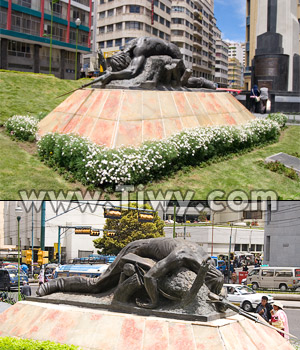
But there are two monuments in La Paz that are honoured by all Bolivians. One of them is devoted to the «Unknown soldier» who died at the tragic Chaco War (La guerra del Chaco) with Paraguay (1932-1935). Bloody battles were held for uninhabited, barren and torrid lands that could «potentially» be oilfields. Instigators of this war were petroleum companies: British-Dutch «Royal Dutch Shell» «supported» Paraguayans, American «Standard Oil» - Bolivians. There is nothing heroic in the monument to the «Unknown soldier». A bronze soldier lies face downwards on the pedestal, exactly like hundreds of other soldiers used to lie along the dusty roads of Chaco. An anonymous, impersonal victim of the war that was unclear and useless for many Bolivians.
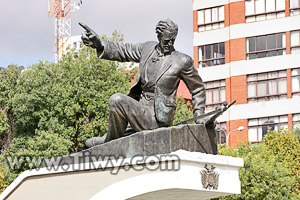
While analysing the present state of Bolivian-Chilean relations, one must always keep in mind the «historical injury» of the War of the Pacific (La Guerra del Pacifico) that deprived Bolivia of access to the ocean. In the Museum of Bolivian littoral (Museo del Litoral Boliviano), which is situated on Jaen street in La Paz, it is written on one of the walls: «Capture and retention of the somebody else's territory by force does not create the right of ownership of the latter». It is high time that the conflict knot, which seemed to be tightly tied at the end of the XIX century should be untangled. And the conditions for it — theoretically are favourable. Both in Bolivia and in Chile the socialist governments, although with variations, are at power. The government of Evo Morales — with a «populist» touch, whereas the government of Michelle Bachelet — with neo-liberal.
Necessity tasks of regional integration require mutual trust, good will gestures, generous concessions. And the sooner — the better: shortage of power resources in Chile has more and more acute effect on its economy. The «quickest» and the cheapest fuel — gas — can only be purchased from Bolivia.
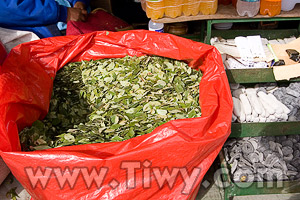
Profitability of this criminal business removes any inhibitory moral and ethical considerations from the drug dealers. The number of drug addicts is constantly increasing, failures of special services and their advertised strategy of fighting the drug trafficking become more evident.
Under such compromising circumstances the reply to the question - who is to be blamed for expansion of drugs? - sounds as a rule, in a stereotyped manner: peasants are. It is them, they say, who grow the raw material, not realising all seriousness and acuteness of this drug problem. The International commission on drug control (Junta Internacional de Fiscalizacion de Estupefacientes) had exactly the same considerations. The commission recommended the governments of Peru and Bolivia «to take measures to suppress this deep-rooted in these countries practice to chew coca leaves», as this habit can have a negative effect on health of people.2
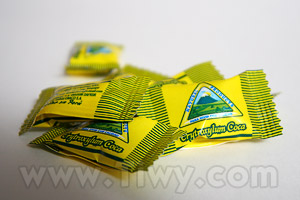
The work on use of coca in the so called «peaceful purposes» is actively going on. Candies, tonic tea, tooth paste – all these are variations for use of coca leaves. And they will continue to be chewed in the Andean countries henceforth, despite all «recommendations», «friendly advice» and habitual socks on the jaw. Traditions are traditions. National! Millions of people in the Andean region chew coca leaves, not imposing their century old habits on anyone.
1. Bolivian sculptor Emiliano Lujan Sandoval (1910-1975) is the author of these monuments.
2. In the language of Indians aymara there is a special word that denotes the desire to chew coca leaves — pijcheo. According to the newspaper «El Deber» (Santa Cruz, 13.03.08), a number of senators and deputies from the ruling party MAS prepare the law about the International day of chewing coca leaves.
